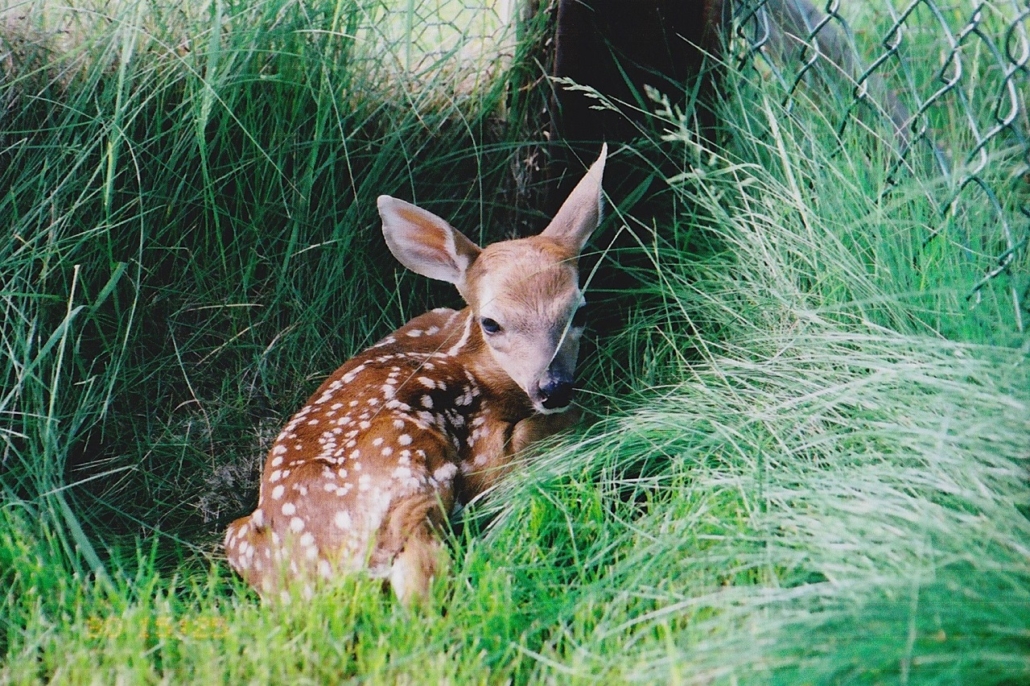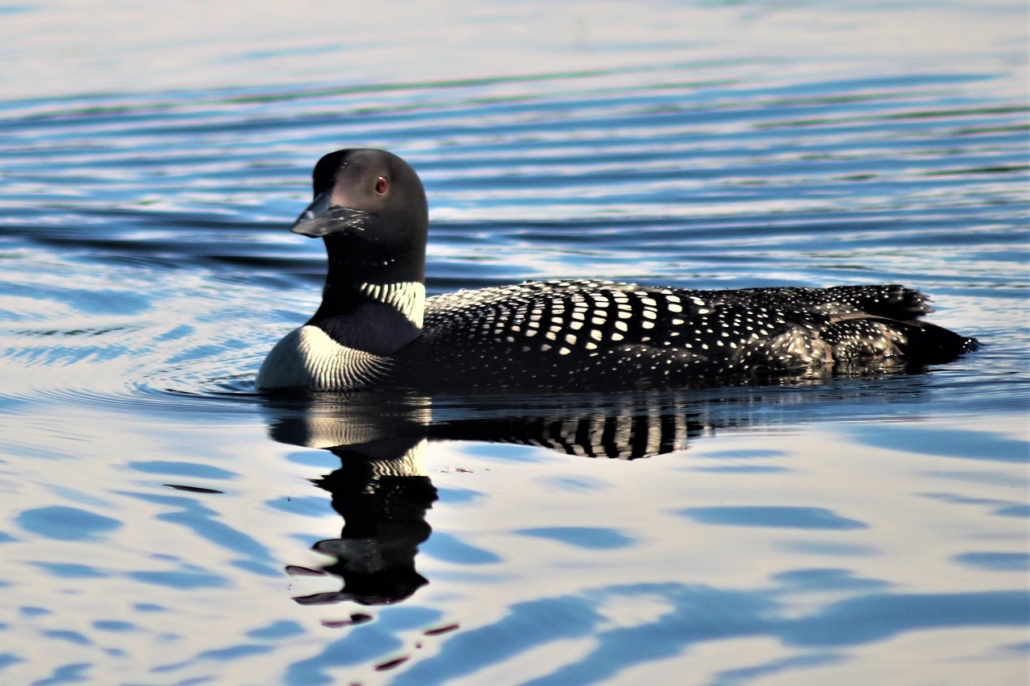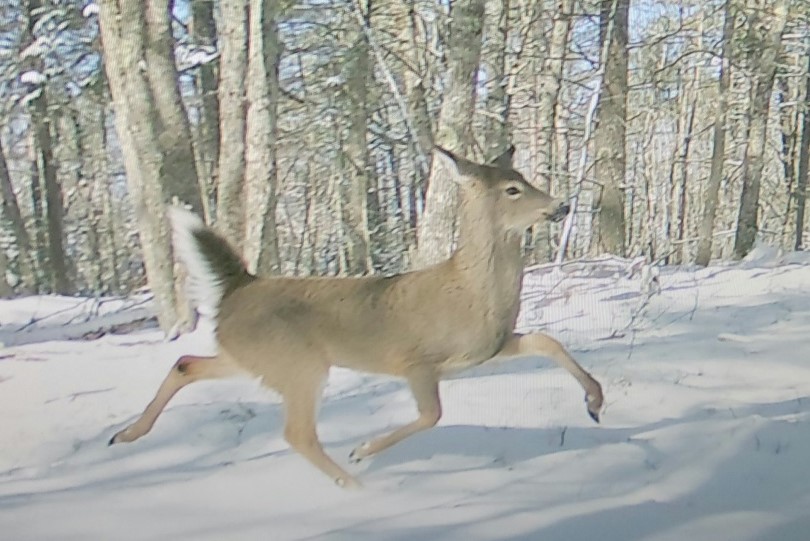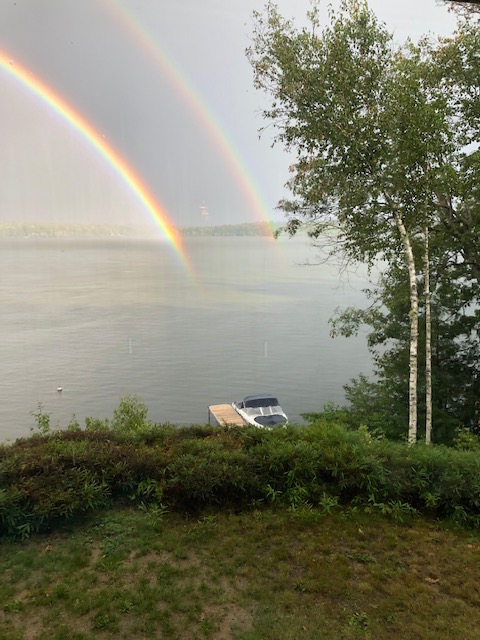I’M JUST CURIOUS: Just a lazy Sunday

 by Debbie Walker
by Debbie Walker
My mind has been interested in odds and ends again this week. I have only had time for quick reads, but I do enjoy these times. It’s a time I can do a little research on maybe just a word I have never heard before or a website new to me. I admit to being behind the times when it comes to YouTube and Roku, new TV channels to me and oh,my! Oh, what I have found there! More neat projects.
There are many things that are common to us so we don’t even think to wonder where they came from originally. My example today is one thing I think we have all enjoyed, the popsicle. Stephani Butler wrote a column for The Country Register titled The History of Popsicles for the July/August 2017 issue. I mean, what’s to think about? It’s just Kool-aide or juice, frozen on a couple of sticks or in a tube.
We got them thanks to an 11-year-old boy, but they actually go back as far as Ancient Rome. Can you imagine what a welcome treat they must have been to people just coming out of the Depression years. Cherry seems to be the favorite flavor (I say orange) however, I can’t imagine why you would want Avacado, Mango chili, or Mohito flavored. I don’t know if those will be available near-by. They are still a cheap treat on a hot day (and for babies cutting teeth).
Have you started cleaning up outside, getting ready for summer or is it too soon yet? People here are busy planting (86-degrees this afternoon). Not me, I am inside writing this afternoon.
When you are ready, I did read a few bits about that. Like bird baths: soak the bowl with 1/3 cup white vinegar to four cups of water. Cover for one hour, then dump and rinse. Vinegar is a natural disinfectant and is non-toxic to birds.
For yellow and brown patches of grass pour 1 can of beer into one gallon of water and sprinkle on those areas. You can have your beer when you are all done.
For weeds and grass coming up around steps and along walk-ways, heat water to boiling and pour on these areas. Kills without harsh chemicals.
I wanted to remember to tell you and remind myself to get some extra dryer sheets. I read to put plant and hummingbird poles in the ground, throw a couple of dryer sheets, also under the feet of any picnic table. From what I read that will keep ants where they belong. You can bet I will be trying that one out.
Also, I have heard quite a few people complaining about flies. I just read to use geraniums to ward away the flies. I will be trying that, too. I want to use pretty, bright red plants.
To finish this off I would like to go back to the first paragraph. I spoke of YouTube and Roku but did not tell you what I find, and when I finish with this I am going to be going to the TV. I am hooked on the sections referred to as hacks for the Dollar Tree store goodies. I imagine you know they actually charge $1.25 now. But people are showing you all these neat things you can make for decorating or gifts. You can’t believe how much there is. Well, I hear it calling my name now.
I am just curious what other things we take for granted without questioning where it originated. Let me know what you come up with. Contact me at DebbieWalker@townline.org with questions or comments. Have a great week!
















